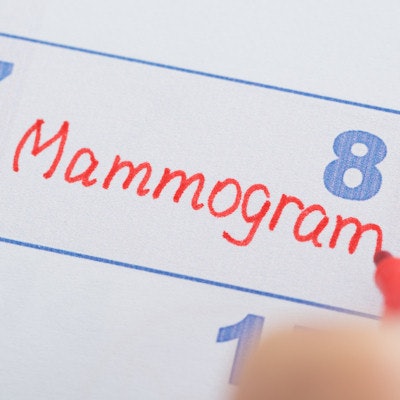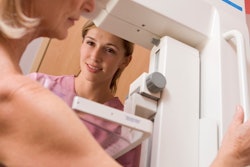
Belgian researchers have found that the Flemish breast cancer screening program's attendance rate could use some improvement, although key performance indicators do hit European Union benchmark targets, according to a study published on 28 October in BMC Cancer.
A team led by Dr. Mathieu Goossens of Vrije Universiteit Brussel in Belgium analyzed 15 years of performance indicator data from the population-based mammography screening program in Flanders. Screening data from individual women were linked to the country's cancer registry to ascertain whether women had undergone follow-up. The researchers compared performance indicator results to targets set by European Union guidelines.
The program's coverage increased over the 15-year period by about 7.5% annually, but this increase fell to 1.6% after invitation coverage hit its limit, the investigators found. The study also showed the following:
- In 2016, the program's coverage was at 50% and opportunistic coverage -- that is, screening requested by the patient or suggested by a doctor -- was at 14.1%, for total screening coverage of 64.2%.
- Women's response to screening invitations in 2016 was 49.8%.
Recall rates decreased significantly over the study time frame, while cancer detection rates remained stable -- resulting in an increased positive predictive value. Overall program sensitivity was 65.1% in 2014.
Additionally, in 2015, the proportion of ductal carcinoma in situ (DCIS) out of all initial screen-detected cancers was 18.2%, while the proportion of stage II or higher cancers was 31.2% and node-negative invasive cancers was 61.6%. Successive regular screening proportions were 14% for DCIS, 24.8% for stage II or higher cancers, and 65.4% for node-negative invasive cancers.
The study findings suggest several future directions for improving the Flemish screening mammography program, the group concluded.
"There are several priorities for further investigation such as a critical evaluation of strategies to increase screening participation, organizing a biennial radiological review of interval cancers, analyzing the effect that preceding opportunistic screening has on the [key performance indicators] for initial screenings, and efforts to estimate the impact on breast cancer mortality," the researchers wrote.



















